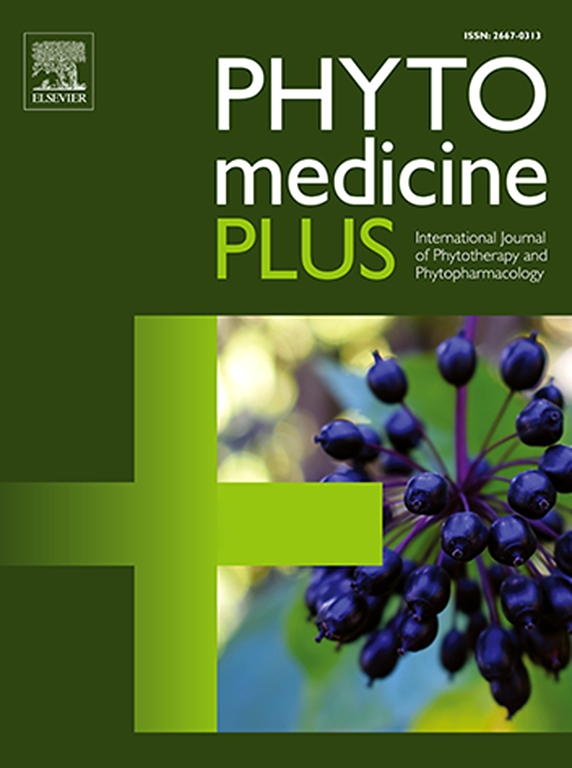An overview of bioactive components and phytopharmaceutical potentials of Hygrophila auriculata–A herbaceous medicinal plant
Q3 Pharmacology, Toxicology and Pharmaceutics
引用次数: 0
Abstract
The current review intends to summarize the bioactive components, nutritional profile, phytopharmaceutical properties, mechanism of action, and functional food aspects of Hygrophila auriculata. It was traditionally used to prepare ancient Indian ayurvedic medicines for treating chronic disorders. Indeed, the plant is a copious source of bioactive compounds like quercetin, ellagic acid, gallic acid, betulin, lupeol, and stigmasterol. The plant is also abundant in sodium, potassium, iron, fiber, vitamin C, and β-carotene. The bioactive compounds are linked to phytopharmaceutical properties like antioxidant, cardioprotective, anti-diabetic, diuretic, hepatoprotective, androgenic, haematinic, anti-cancer, anti-inflammatory, etc. However, more research is still needed to connect existing literature with contemporary pharmacology. The plant holds a promising future in functional food development and bio-packaging. Future research should also focus on isolating bioactive compounds from numerous parts of the plant and analyzing the mechanisms of action of such compounds.
求助全文
约1分钟内获得全文
求助全文
来源期刊

Phytomedicine Plus
Medicine-Complementary and Alternative Medicine
CiteScore
3.70
自引率
0.00%
发文量
178
审稿时长
81 days
期刊介绍:
 求助内容:
求助内容: 应助结果提醒方式:
应助结果提醒方式:


